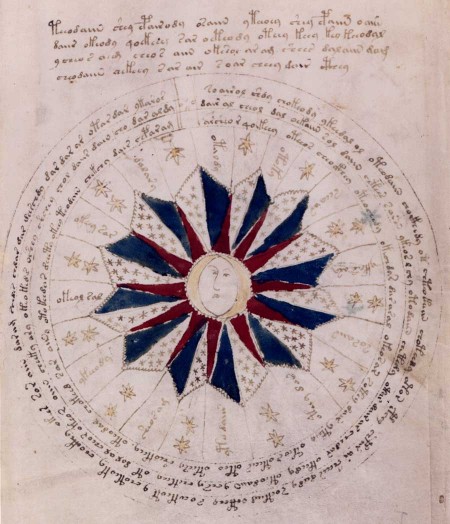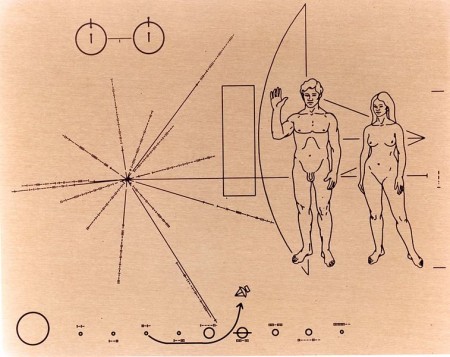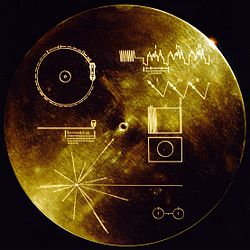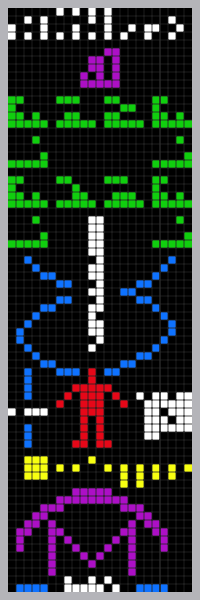Over the centuries and millenia that mankind has inhabited the planet Earth there have been uncounted numbers of ways to communicate.
According to English.Pravda.RU
Majority of researchers believe that language appeared half a million of years ago…
Languages of the planet have an approximately similar structural complexity. There are no primitive languages because every language ideally serves to express the culture of people speaking this language. Experts cannot say how many languages currently exist in the world. This is because there are no strict criteria allowing to decide if two languages are just different idioethnic languages or varieties of some idioethnic language (dialects). It is also difficult to say if a language remains the same during the whole of its history and which changes exactly may give birth to a new language. What is more, it is not for sure that science knows all languages existing on the planet. According to minimal estimates, there are 2,500-3,000 idioethnic languages in the world, but maximal estimates state the number is much bigger.
And there are some people who still feel compelled to create their own.
Tolkein was a linguist and gave richness to his Middle Earth books through creation of distinct languages for the various human and non human cultures that exist there.
David J Peterson, member of the Language Creation Society created the Dothraki language for the HBO series, “Game of Thrones.”
Mark Okrand built upon the initial work of actor James Doohan (Scotty) to create a Klingon language for the Star Trek genre of movies and television shows. People have gotten married in Klingon.
There is a phenomena where people who have received various forms of head trauma wake up speaking in foreign (to them) accent, or at times a different language. This is often sensationalized in the press and researchers find that the “new” language does not exceed what the person actually knew before in terms of vocabulary, but can be more fluently expressed while their native language seems forgotten.
In one of the more bizarre cases Poto and Cabengo (as they named themselves) also known as Grace and Virginia Kennedy, identical twins who grew up in significant isolation from other children and stimulation from their guardians invented their own language and spoke in that until they were eight years old.
So for some reason we seem predisposed to creating language and some people might take that propensity a bit too far as in the case of the Voynich Manuscript

One man claims to have decyphered the text, offering only a small piece, though he does not gain much credibility from experts.
From Fox News
Written in “alien” characters, illustrated with sketches, and dating back hundreds of years, the Voynich Manuscript has puzzled cryptographers, historians and bibliophiles for centuries.
Latvala provided the following translation of plant 16152, which he said can be found today in Ethiopia:
“The name of the flower is Heart of Fire.
It makes the skin beautiful when made as an ointment.
The oil is pressed from the buds.
This ointment is used for the wrinkles.
Is suitable for the kidneys and the head,
as the flower prevents inflammations, is antibiotic.
Plant is 10 centimeters by its height.
It grows on hot and dry slants.
The plant is bright green by its color.”Several top cryptographers contacted by FoxNews.com declined to comment on Latvala’s claim, willing neither to validate his interpretation nor offer a counter explanation for the strange book. Ketola would not explained his methodology, but offered some insight into the weird characters.
“The language of this book is quite twisted,” Ketola said. “The sound syllables are a mixture of Spanish and Italian, also mixed with the language this man used to speak himself. His own language was a rare Babylonian dialect that was spoken in a small area in Asia.”
Kevin Knight believes he can decrypt the Voynich using the same methods he employed in decoding the 17th-18th century Copiale Cypher.
The Copiale cipher is an encrypted manuscript consisting of 75,000 handwritten characters filling 105 pages in a bound volume. It is thought to date to between 1760 and 1780. It was first examined at the German Academy of Sciences at Berlin in the 1970s but did not come to public attention until 2011 when an international team announced that they had deciphered it. In April 2011, it was decoded with the help of modern computer techniques by Kevin Knight of the University of Southern California, along with Beáta Megyesi and Christiane Schaefer of Uppsala University in Sweden. They found it to be a German text encrypted by a complex substitution code.
The researchers found that the initial portion of 16 pages describes an initiation ceremony for a secret society, namely the “high enlightened (Hocherleuchtete) oculist order” of Wolfenbüttel. A parallel manuscript is kept at the Staatsarchiv Wolfenbüttel. The document describes, among other things, an initiation ritual in which the candidate is asked to read a blank piece of paper and, on confessing inability to do so, is given eyeglasses and asked to try again, and then again after washing the eyes with a cloth, followed by an “operation” in which a single eyebrow hair is plucked.
If we ever do make contact with extra-terrestrial intelligence, hopefully we will prove capable of working out a means communication. It is rather the point after all. Yet mankind seems able to confound even ourselves, and we’re from here. Still, communication is a two way street and we have to do our part to get the message out there.
CETI research has focused on four broad areas: mathematical languages, pictorial systems such as the Arecibo message, algorithmic communication systems (ACETI) and computational approaches to detecting and deciphering “natural” language communication. There remain many undeciphered writing systems in human communication, such as Linear A, discovered by archeologists. Much of the research effort is directed at how to overcome similar problems of decipherment which arise in many scenarios of interplanetary communication.
One of those methods is called Lincos 1960 described by Dr. Hans Freudenthal in his book Lincos: Design of a Language for Cosmic Intercourse, Part 1 and translated into English a simple tutorial looks something like this:
Lincos text Meaning
Ha Inq Hb ?x 2x=5…….Ha says to Hb: What is the x such that 2x=5?
Hb Inq Ha 5/2…………..Hb says to Ha: 5/2.
Ha Inq Hb Ben………….Ha says to Hb: Good.
Ha Inq Hb ?x 4x=10……Ha says to Hb: What is the x such that 4x=10?
Hb Inq Ha 10/4………….Hb says to Ha: 10/4.
Ha Inq Hb Mal…………..Ha says to Hb: Bad.
Hb Inq Ha 1/4……………Hb says to Ha: 1/4.
Ha Inq Hb Mal…………..Ha says to Hb: Bad.
Hb Inq Ha 5/2……………Hb says to Ha: 5/2.
Ha Inq Hb Ben…………..Ha says to Hb: Good.
Of course it is not transmitted in this form, it is transmitted in strings of numbers, and if you want to decrypt it from that stage you can Go Here
There are variations using basically the same number system but carrying different messages, and of course pictorial messages such as:

The plaques attached to Pioneer 10 and Pioneer 11 which show very basic atomic information, our position in space relative to the nearest stars, our position in our own solar system, a radio transmitter and a little soft core to get their attention.

The records placed upon Voyager 1 an 2, which include recordings of sounds from Earth as well as pictographic representations of Hydrogen, our place in the galaxy, and instructions on how to play the recording. Cause we really want to confuse aliens with stereo instructions. Good thing DVDs weren’t invented yet.

The Arecibo message transmitted out into space in the last century containing much the same information as the others
And finally, the Russian “Teen Age Message” which consisted of three parts
1. A coherent sounding signal with slow Doppler wavelength tuning to imitate transmission from the Sun’s center. This signal was transmitted in order to help extraterrestrials detect the TAM and diagnose the radio propagation effect of the interstellar medium.
2. Analog information recorded on the theremin. This electric musical instrument produces a quasi-sinusoidal signal which is easily extracted from background noise. There were seven musical compositions in the “First Theremin Concert for Extraterrestrials”. Cause that will really seem inviting and not scare the hell out of them
3. Binary digital information similar to the Arecibo message, including the logotype of TAM, written greetings in Russian and English, and artistic drawings. This section and the concert program were composed by teens from different parts of Russia.
Basically, we texted them.
For those of you unfamiliar with the Theremin, here is video and I am sure you will realize you have heard it used in any number of 1950’s sci fi alien invasion B movies (which were beamed out into space long before this message was so talk about maybe sending the wrong message.)





